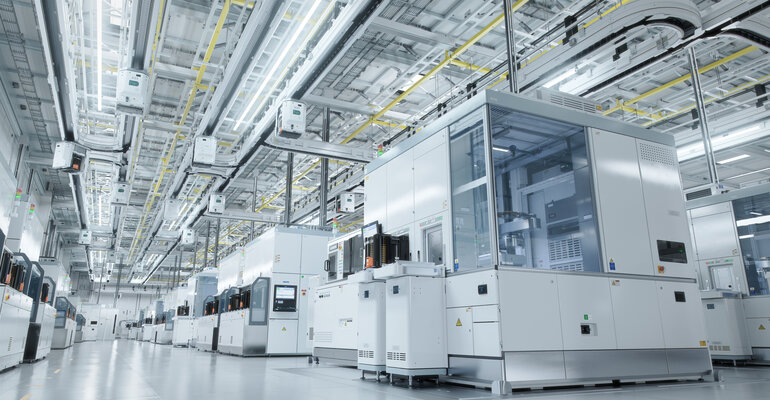Keeping the Cleanroom ‘Clean’
Human error is a looming shadow when maintaining noncontaminated environments.

Cleanrooms are built to consider air flow, air pressure, temperature, and other important points, but sometimes errors occur and maintaining a noncontaminated environment can be a challenge when secondary factors aren’t considered or overlooked.
So, what are the biggest threats to cleanrooms?
People:
Personnel within medical cleanrooms pose some of the greatest risks. From improper or disregarded handwashing to protective gear, location of smoking areas, outside personal products, and even talking, people have a great effect on contamination levels within a cleanroom environment. In fact, it has been reported that some cleanroom inspections have attributed personnel as the cause for 80% of identified particles.
Gravity pulls particles downward, meaning that it is best to dress top to bottom in protective gear to prevent contaminants from falling onto clean areas of the garment. For employees who smoke cigarettes, it’s recommended to place smoking areas at least 100 feet away from cleanroom entrances. Additionally, some cleanroom documentation requires employees take a shower after smoking and before entering the cleanroom to prevent potential contamination.
Often overlooked secondary factors for contamination can come from personnel make-up, perfume, and jewelry, as well as unnecessary conversation with colleagues. The act of speaking emits particles of saliva that may pass through masks worn in the cleanroom. While talking is needed to perform tasks, it is recommended to avoid unnecessary conversation.
Not maintaining the right temperature and humidity:
Most cleanrooms require a relative humidity level ranging from 30% to 40% RH with and air temperature of 21°C (69.8°F) plus 2°C. When not maintained, there can be negative repercussions like bacteria growth, corrosion, and static electricity. Additionally, employee comfort is important as a sweating or shivering person releases more particles into the environment.
Repercussions like static electricity can increase the chance of attracting airborne particles to otherwise sterile surfaces and, specifically for medical device application, can cause particles to be drawn in and damage sensitive electronic components.
Contaminated equipment:
Machines and tools, supply packaging, office supplies, and cleaning materials all pose varying levels of contamination risk within the cleanroom. Machines used in cleanroom tasks can emit gas, lubricants, emissions, and other airborne particles when in use. Additionally, tools like beakers and trays can introduce particles if not sanitized properly.
It is important to consider how the packaging of cleanroom materials can affect contamination. For example, the nitrile cleaning gloves that you order can be cleanroom-compliant while the cardboard box that dispenses them isn’t. Some of the most overlooked sources of contamination are office supplies, like mouse pads, notebooks, sticky notes, paper, pens, and ID badge holders. These items can be purchased as cleanroom friendly versions and must remain in the cleanroom environment. It is also recommended to not post anything on the walls in a cleanroom, like posters or sticky notes, as they can shed particles.
Using cleaning materials in the cleanroom — wipes, swabs, and other items — should be rated for your specific ISO class. Even using the wrong type of cloth or paper towel can quickly contaminate the room. Brooms and mops used in the cleanroom should also meet the correct requirements and only be used in that space.
Dysfunctional Filtration:
If the filtration system in a cleanroom isn’t working as it should, that room isn’t very clean. It is imperative to consistently check all facets of the filtration system — fans, pre-filters, HEPA or ULPA filters — to take sure everything is in correct working order as they are responsible for treating contaminated air supplies and maintaining consistent air change rates so that there is good air quality.
MD+DI wants to hear from our readers to expand this list to include additional overlooked or not considered threats to the cleanroom environment. Please email comments or questions to [email protected].
About the Author(s)
You May Also Like



.png?width=300&auto=webp&quality=80&disable=upscale)
